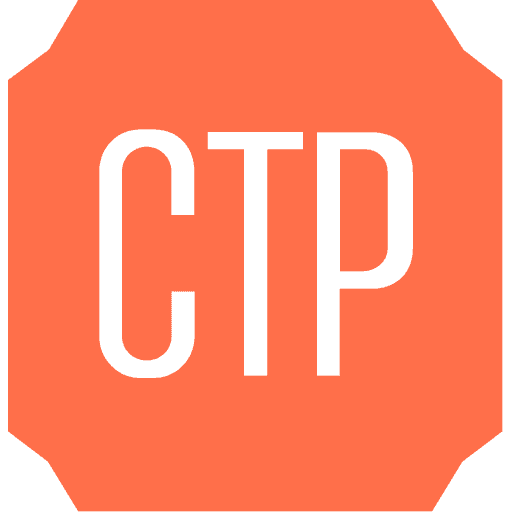It’s January. New year. New campaigns.
Do you know what your client’s goals are? Not just the high-level business metrics; the tangible, measurable goals that your communications program is working toward.
How about their benchmarks? Those from which you can derive whether you did more – or more for less.
Measurement guru Katie Delahaye Paine was a guest of the Publicity Club of New England on Tuesday night, sharing the wisdom and insight that have powered numerous books and white papers, blogs and newsletters.
But as much as she provided some fantastic insight into the trends, tools and information that PR practitioners need to be aware of, she delivered a keen reminder of the central tenet of measurement: the starting point.
What, ultimately, are you trying to achieve?
“It’s critical to set goals,” Paine said. “If you can’t agree about what you’re trying to accomplish, it’s impossible to know whether your results truly are successful.”
That often means digging a little deeper with clients. Gaining a true understanding of sales and business goals, and identifying how communications objectives and initiatives can support those.
“You have to reach consensus about what success really means,” she said. “If you need to, lock the door, don’t come out until you understand the business impact.”
Website visits or downloads. Change in sentiment or increased share of voice.
“Always be specific,” Paine said. “It’s really hard. But the better you establish them, the more effective you will be.”
Some other key takeaways from her talk:
- “The reason for measurement is not to figure out what you did. It’s too see what didn’t work and do less of it.” This can be challenging and uncomfortable. In the quest to showcase value to clients, it’s tempting, and easier, to focus primarily on what worked. On why you were successful. But past results aren’t always indicative of future results. Acknowledging what didn’t work, and recommending where and how to pivot truly shows value.
- “Monitoring has nothing to do with measurement.” Supporting goals means looking beyond outputs – e.g., clips, impressions, shares, etc. – and identifying the outcomes of our work.
- “Nothing can be automated.” Even the best software tools cannot be depended upon to measure and interpret everything. Human analysis is always going to play a significant role in measurement, no matter what platform is being used.
- “PR’s job is not to sell cars; our job is to get people to consider knocking on the salesperson’s door.” Ultimately, a communications program should have an impact on sales – but it’s not a direct impact. Too many variables lie within the purchase funnel. We should be setting goals and creating initiatives that give sales an opportunity to close the deal.
- “Reach does not in any shape or form equal awareness. Awareness happens inside your head.” Impressions, or reach or circulation, may provide nice vanity metrics, but they don’t have tangible value. Awareness can only be measured by understanding whether those “potential” readers and viewers actually consumed the story and messages you were trying to convey.
There’s more data than ever for PR practitioners. But just having data isn’t good enough. Understanding that data, and putting it to valuable use are the keys to determining success.
This blog first ran on Publicity Club of New England’s website.

